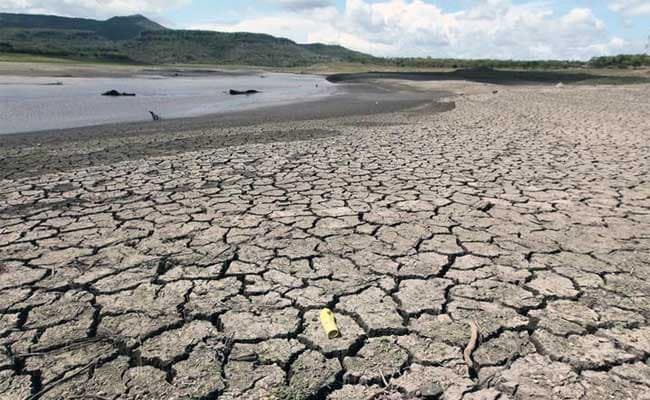El Nino reached a peak in December but should still result in above-normal temperatures until May.
Zimbabwe declared drought a national disaster on Wednesday, with President Emmerson Mnangagwa saying the country needed $2 billion in aid to help millions of people who are going hungry.
A severe dry spell induced by the El Nino weather pattern is wreaking havoc across southern Africa.
"No Zimbabwean must succumb or die from hunger," Mnangagwa told a press conference.
"To that end, I do hereby declare a nationwide State of Disaster, due to the El Nino-induced drought."
Due to poor rains, more than 2.7 million people will not have enough food to put on the table this year, he said.
This season's grain harvest was expected to bring in just over half of the cereals needed to feed the nation, he said.
The naturally occurring El Nino climate pattern, which emerged in mid-2023, usually increases global temperatures for one year afterwards.
It is currently fuelling fires and record heat across the world.
In southern Africa, Zimbabwe is the third country to declare drought a national disaster after Malawi and Zambia.
The measure allows for more resources to address the crisis.
The drought has also affected electricity production, as Zimbabwe is highly reliant on hydroelectric power.
According to the World Meteorological Organization (WMO), the latest El Nino is one of the five strongest ever recorded, adding its impact will continue by fuelling heat trapped in the atmosphere by greenhouse gases.
El Nino reached a peak in December but should still result in above-normal temperatures until May over almost all land areas, the WMO said.
Major food growing areas in Malawi, Mozambique, Namibia, Zambia and Zimbabwe received only 80 percent of average rainfall during the mid-November-to-February southern hemisphere summer, the Food and Agriculture Organization (FAO) said, warning of an increased risk of food insecurity.
(This story has not been edited by NDTV staff and is auto-generated from a syndicated feed.)






Leave a Reply